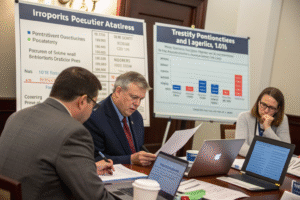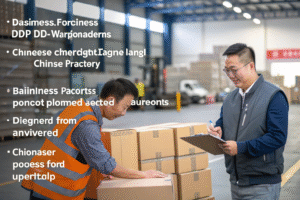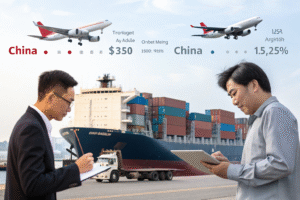Tariffs are one of the most misunderstood costs in international shipping. For importers like Ron—who ships apparel, accessories, and promotional goods from China to the U.S.—the wrong classification or missing certificate can lead to overpayment, customs delays, or even seizure of goods.
Freight forwarders play a key role in tariff management by classifying products correctly, navigating trade agreements, preparing documentation, and minimizing customs duties legally and efficiently. At GeeseCargo, we combine logistics experience with trade compliance tools to keep your costs low and shipments compliant.
In this article, I’ll explain how freight forwarders facilitate efficient tariff management and help importers stay both profitable and protected.
Why Are Tariffs So Challenging to Manage?
Tariff systems are complex, vary by country, and change frequently. If you're not constantly monitoring trade regulations, you risk paying too much—or getting penalized for misclassification.
Freight forwarders make tariff management easier by aligning documentation, product codes, and shipping practices with customs expectations.
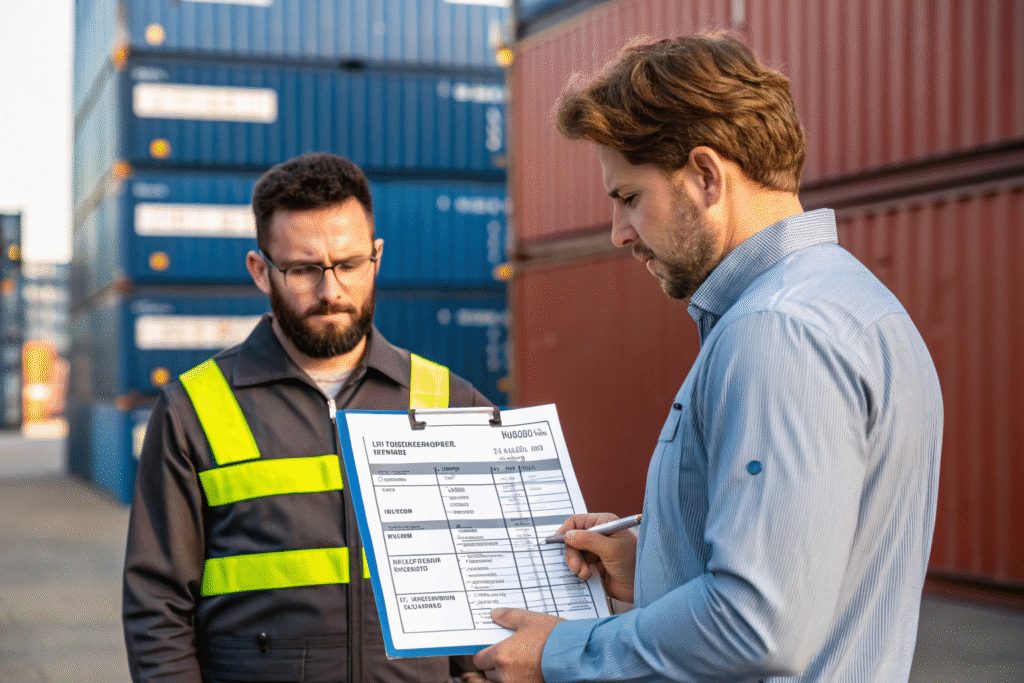
What Are the Most Common Tariff Errors?
Importers often make mistakes such as:
- Using the wrong Harmonized System (HS) Code
- Under-declaring or over-declaring item value
- Missing country-of-origin certificates
- Overlooking special tariff exclusions
Each of these issues can result in unexpected duty charges or entry holds. You can explore CBP’s guidelines on customs entry errors to understand the stakes.
How Do Freight Forwarders Prevent These Issues?
At GeeseCargo, we verify product classifications, provide pre-entry HS code consultation, and prepare country-of-origin documents based on supplier invoices and certifications.
We also track updates to tariff schedules, including Section 301 tariffs or preferential trade programs like GSP and USMCA.
How Do Freight Forwarders Classify Products Correctly?
Tariff classification is a precise process. One incorrect digit in the HS code can change the duty rate from 0% to 17%.
Freight forwarders help classify goods correctly by referencing customs rulings, product specs, and historical entry data.

How Does the HS Code System Work?
The Harmonized System is a standardized code structure used worldwide for classifying traded products. The first 6 digits are universal, while each country may add extra digits for specific tariffs.
For example:
- 6115.10 – Pantyhose and tights
- 6115.21 – Graduated compression socks
- 6115.30 – Footwear accessory knit inserts
We use digital databases like the HTS Search Tool by USITC to identify the most accurate classifications.
Can Forwarders Appeal Misclassifications?
Yes. If customs challenges a code, we can:
- Provide product composition data
- Submit previous rulings (via CROSS database)
- Escalate through customs brokers or trade attorneys
In one case, our reclassification of a sportswear shipment reduced the client’s duty rate from 15.4% to 5.6%, saving over $6,000.
How Do Forwarders Use Trade Agreements to Reduce Duties?
Many countries have free trade agreements or temporary exclusions that reduce or eliminate import duties on certain goods.
Freight forwarders apply these programs to your shipments by coordinating the correct documentation and ensuring eligibility.
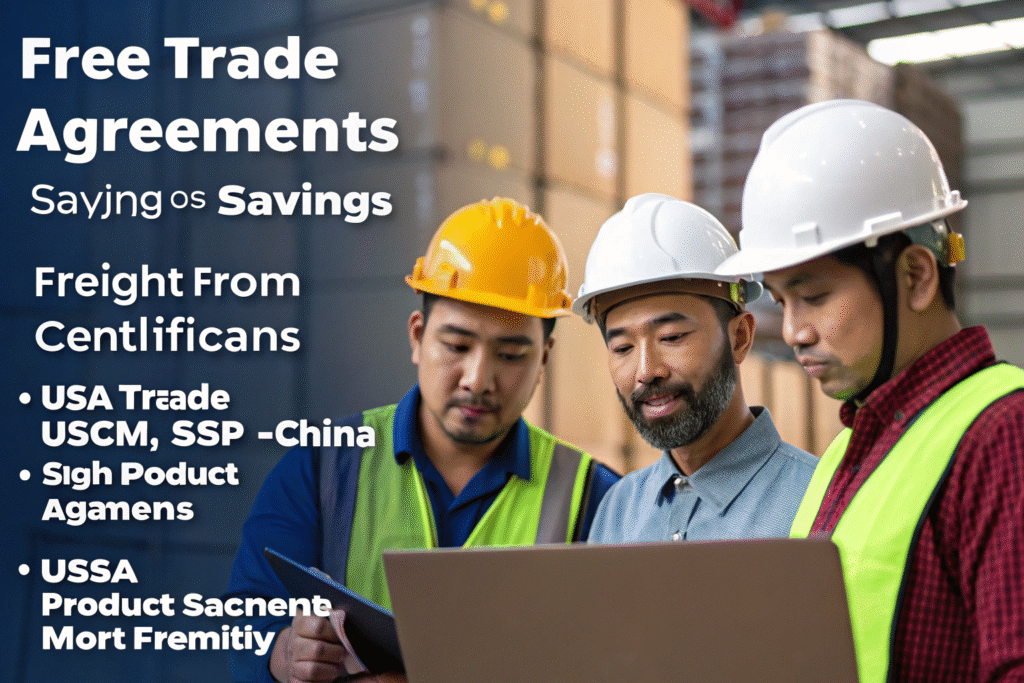
What Trade Programs Do Importers Commonly Use?
Some key U.S. programs include:
- USMCA – For goods from Canada or Mexico
- GSP (Generalized System of Preferences) – For goods from developing countries
- China 301 Exclusions – For specific Chinese goods
We monitor these lists and proactively notify clients if their goods become eligible for lower or zero tariffs.
See the USTR tariff exclusion index for current China-related exemptions.
What Certificates Are Required?
We assist in issuing:
- Certificate of Origin (COO)
- Manufacturer’s declaration
- FTA-specific forms (like USMCA Certificate)
Incorrect or missing certificates often result in denial of tariff benefits—even if you qualify.
Can Freight Forwarders Help Forecast and Reduce Tariff Costs?
With duties forming a large part of landed cost, managing them predictively helps businesses budget and price effectively.
GeeseCargo offers duty forecasting, landed cost calculations, and tariff optimization plans to help clients reduce customs expense.

How Are Tariff Costs Forecasted?
Before cargo ships, we calculate:
- Estimated duties based on product specs and declared value
- Possible FTA or duty refund eligibility
- Container vs. air shipment tariff impact
We also build monthly duty forecasts so you can track landed cost by SKU, lane, or vendor.
Use tools like SimplyDuty for estimating duties manually or in batch.
How Can Businesses Legally Lower Tariff Payments?
Some strategies include:
- Splitting shipments to fall under de minimis thresholds
- Reclassifying goods to accurate but lower-duty categories
- Changing sourcing countries for duty-free treatment
- Using bonded warehouses to defer duty payment
We consult with clients quarterly to review duty reports and implement optimization tactics.
Conclusion
Tariffs can erode profit—but they don’t have to. With the right freight forwarder, managing duties becomes a structured, proactive process. At GeeseCargo, we help clients classify goods properly, secure documentation, apply trade benefits, and forecast duty exposure with precision. Whether you're shipping high-value goods, entering new markets, or simply want to stop overpaying, we’re ready to optimize your tariff strategy from port to payment.



